AUTONOMOUS ROBOTS FOR DISASTER RELIEF
AUTONOMOUS ROBOT FOR DISASTER RELIEF
A disaster is a serious problem occurring over a period of time that causes widespread human, material, economic or environmental loss. There are many types of disasters like earthquakes, landslides or hurricanes that exceeds the ability of the affected community or society to cope using its own resources. An earthquake is one of the major natural hazards which destroys lives and properties. More than 522 major earthquakes have occurred in the 21st century, killing more than 430,000 people worldwide.
In the presence of situations where human power is limited, artificial intelligence and autonomous robots might be a solution. Swarm of robots trained for this particular task and a robot commanding platform might greatly contribute to gaining the situation awareness and might provide great insight for the coordination of efforts.
Problems Areas in Disasters
Lack of Search and Rescue Teams
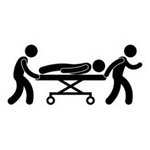
Search and Rescue Teams are either not ready to operate or they are not in vicinity.
Map of Disaster Zone
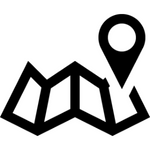
Limited knowledge about the magnitude of the disaster, how many buildings are damaged, how many people are affected.
Detection of People Under Debris

Uncertainty of how many people are stuck in collapsed buildings.
Transportation of Supplies
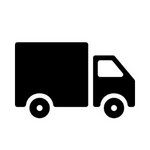
Urgent need to learn about available transportation lines to intervene in earthquake zone.
Coordination of Efforts
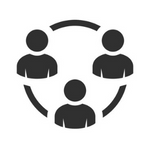
Many people on the ground but lack of coordination and effort.
Identification of Available Roads

Which roads are available for rescue teams and which road are available for logistics/medical supplies?
Concept of the Project

Rapid Response

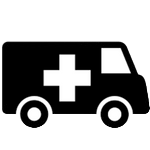
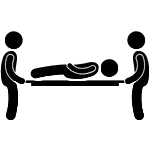

One of the most important things in the earthquakes is the response time. It has been estimated that, after an earthquake, the survival rate is 91% within the first 30 min, while this rate decreases to 81% on the first day after the event and to 36.70% on the second day. Literally there is a race against time. The first 72 hours after the earthquake is defined as golden hours where majority of successful rescues happen.
Analyses and Transmission of Data
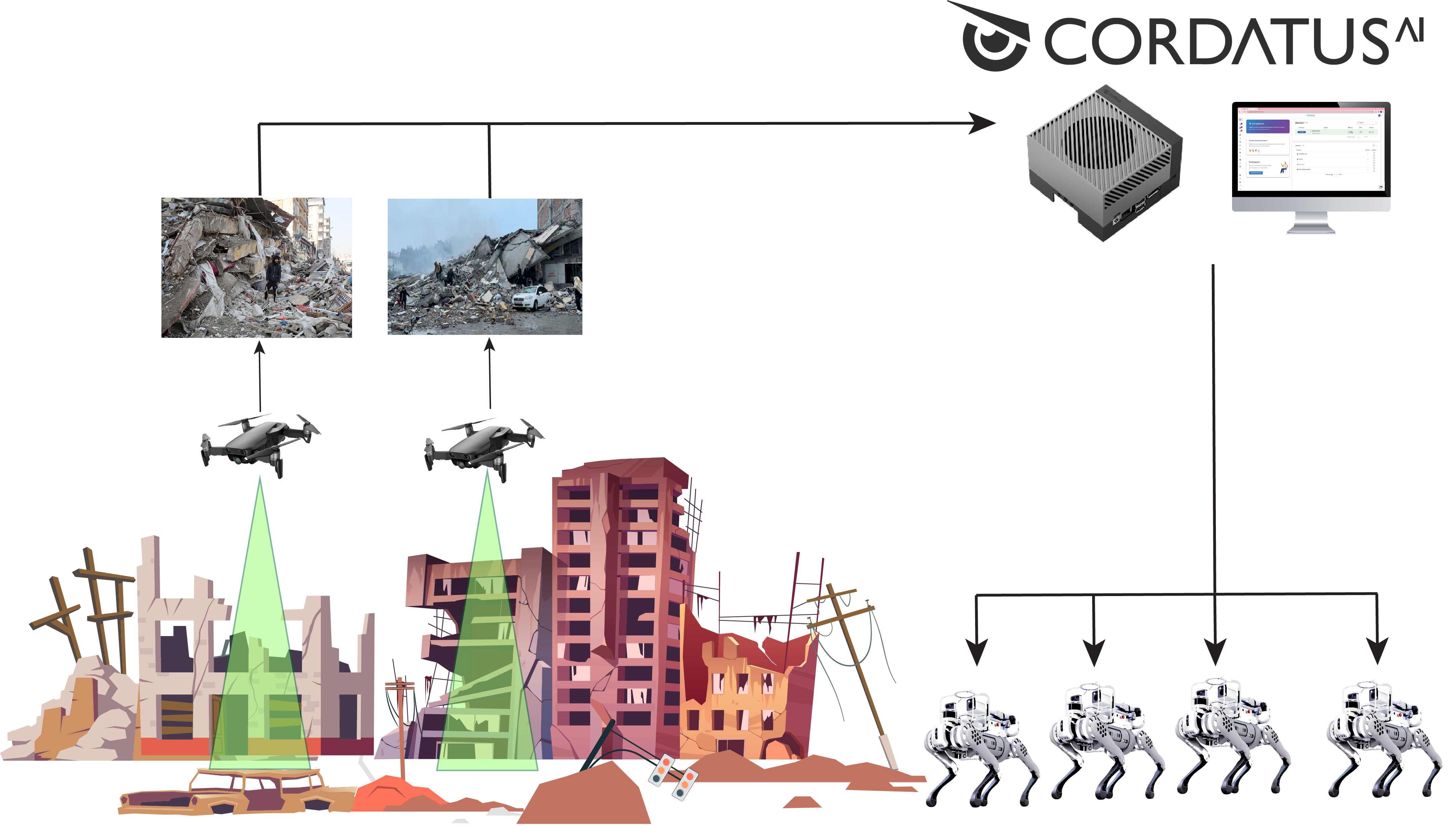
After the the earthquake the very first things is raise the situational awareness. Swarm of drones are going to operate over the disaster zone equipped with daylight, thermal cameras and 3d lidars. Each drone will fly over a defined area ensuring that no part of the zone is missing. Some AI models will run on the sensors of the drones.
- Creating the digital twin of the affected area,
- Identifying available roads/path where quadrupeds might operate,
- Identifying available road where search and rescue teams might world and logistic lines might be created,
- With thermal sensors creating any heatmap of people stuck under collapsed buildings,
The swarm of drones will operate autonomously, there will no need to put operator behind every device. All drones will be commanded by Cordatus AI platform. All data from the drones will be transmitted to the Cordatus AI at the same time. Over the platform it will be available to reach any of the sensors of the drones and teleoperate them.
